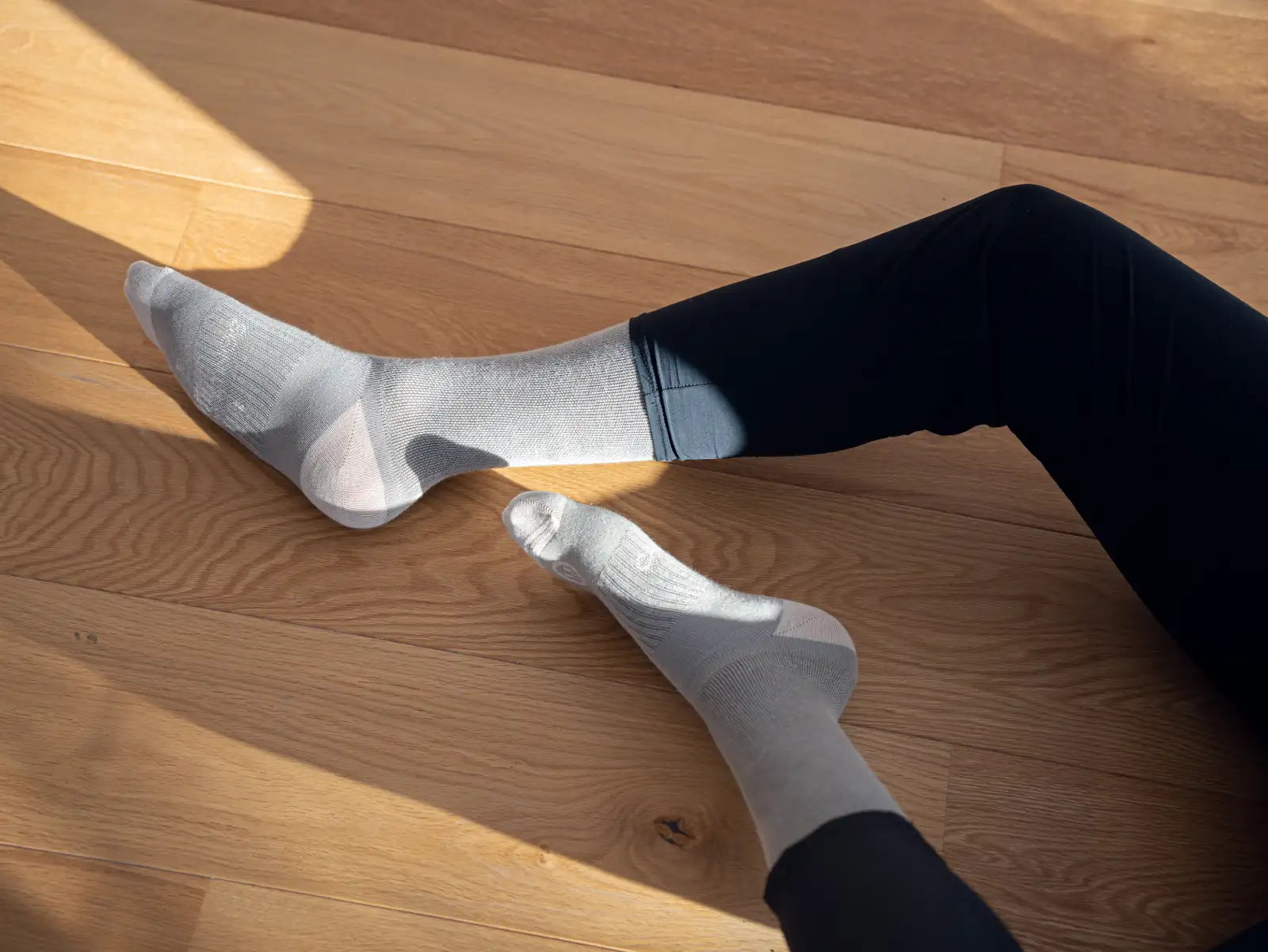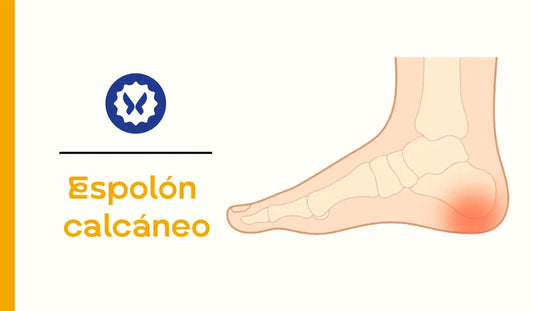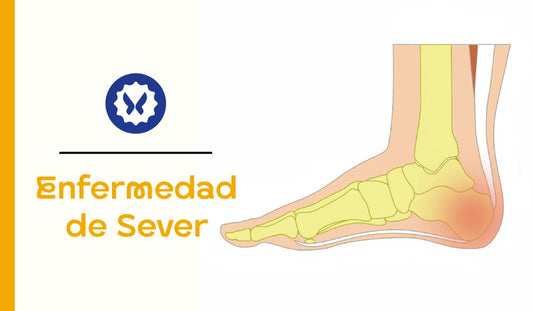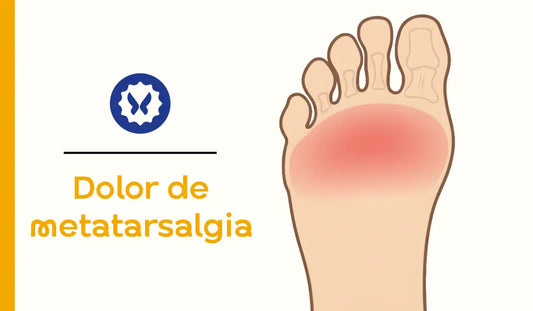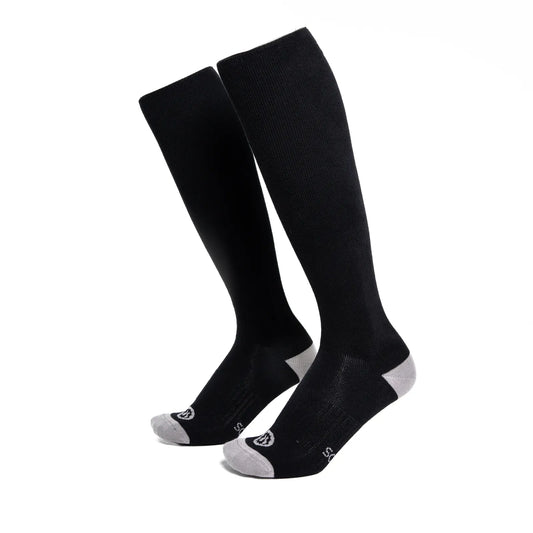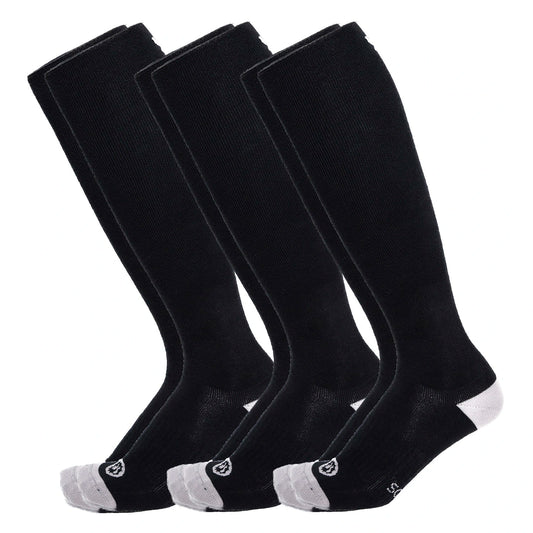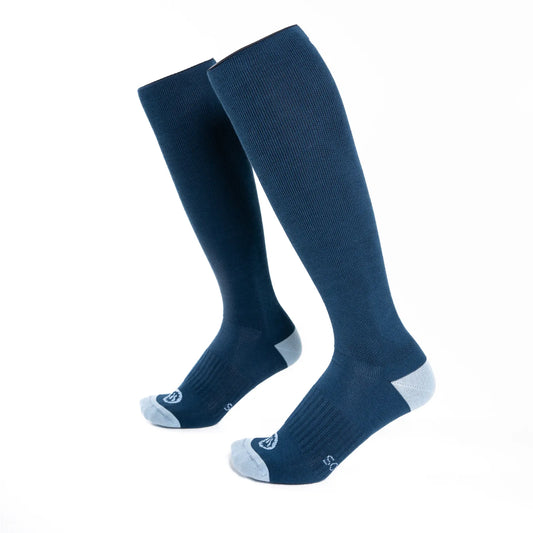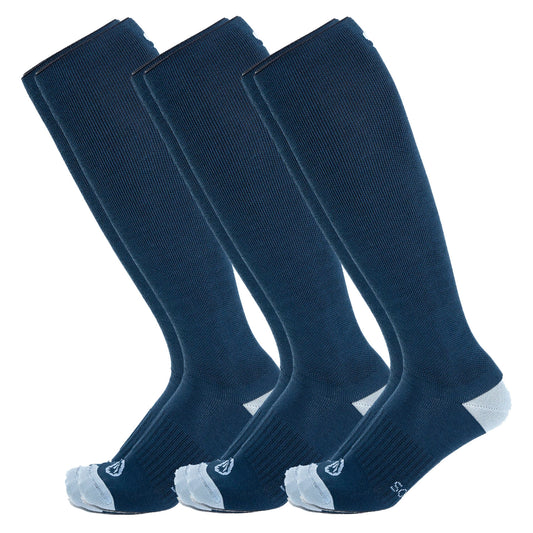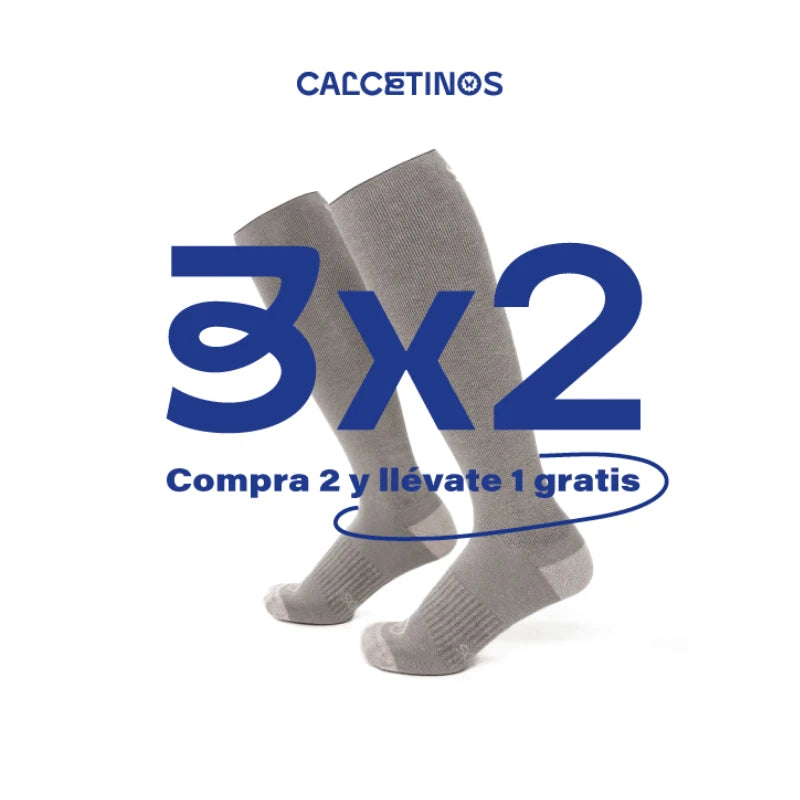Especially in the coldest times of the year, many people notice cold feet, no matter how many socks they are wearing or how warm they are . This, which we commonly call “having cold feet,” is an unpleasant sensation that can sometimes be indicative of certain more or less serious illnesses.
In this post on our blog about leg well-being , we tell you what the causes of feeling cold in your feet may be and how you can prevent this symptom . But before…

Is it dangerous to have cold feet?
In itself, having cold feet is not necessarily a symptom of illness . In fact, some people always have them that way, simply because that's how their body works. However, if we always notice cold feet even in hot weather, we should consult our doctor to rule out various health problems.
Causes behind cold feet
Having cold feet can be the result of several conditions , some without major complications and others that do require medical attention and follow-up. Let's see what the most common causes are.
Peripheral arterial disease (PAD)
The first possible cause of cold feet is peripheral artery disease (PAD). It occurs when the arteries that supply blood to the extremities become narrowed due to plaque buildup .
This narrowing reduces blood flow, especially to the legs and feet, causing a feeling of cold. Risk factors include smoking, diabetes, hypertension and high cholesterol , so leading a healthy lifestyle is essential to avoid PAD.
Raynaud's disease
Raynaud's disease causes some areas of the body, such as the feet, to feel cold and numb in response to low temperatures or stress . Because blood cannot reach the surface of the skin, these areas take on a whitish and bluish color .
This circulation problem is not very common among the population, but it could also be one of the causes of feeling cold in the feet.
Diabetes
Diabetes can cause a sensation of cold in the feet in two ways: through diabetic neuropathy, when damage occurs to the nerves that transmit the ability to feel heat to the brain , and through poor blood circulation , caused by the effects of high levels of blood glucose in the blood vessels.
Anemia
The best-known symptoms of anemia are fatigue, but it can also cause cold feet. Thus, anemia, especially that caused by iron deficiency, can make you feel colder than normal, especially in your hands and feet. A lack of iron means less hemoglobin in the blood, which is responsible for transporting oxygen to the cells of our body.
Hypothyroidism
Hypothyroidism occurs when the thyroid gland does not produce enough thyroid hormones . This slows down the metabolism and worsens blood circulation , which sometimes causes a persistent feeling of cold in the feet (and even the entire body). Other symptoms of hypothyroidism are fatigue and weight gain.
Wearing inappropriate shoes or socks
In this case, we are not talking about any disease, but about more physical causes, such as wearing shoes or socks that are too tight. And this type of clothing, especially if worn for hours, constricts the blood vessels in the feet , worsening circulation and, with it, causing that cold sensation in them.
How to avoid having cold feet?

In reality, if we look closely, beyond the underlying causes, such as diseases, the sensation of cold feet is ultimately caused by poor circulation .
Therefore, improving blood circulation is essential to reduce or eliminate this uncomfortable sensation , and we can achieve it through the routines below. In the case of suffering from an illness that affects circulation, we must also always go to the doctor.
1. Live a healthy lifestyle
Here we include both food and exercise. In the first case, we must avoid foods that raise cholesterol, as well as alcohol , which alters cholesterol metabolism, and excess salt , since it causes narrowing of blood vessels. Likewise, staying properly hydrated is essential.
Regarding the second point, let's abandon a sedentary life and exercise, even if it's light, every day . By staying active, we stimulate the muscles and blood supply, thus reducing the feeling of cold in the feet, among other circulation problems (tingling, spider veins or varicose veins, etc.). Of course, tobacco is prohibited, as with everything.
2. Take showers and massages with water and cold gels
As we fight fire with fire, we fight cold with cold. Baths with cold water on the legs help venous return , and are a huge relief, especially at the end of the day, when they are most recommended. Applying cold creams or gels, massaging towards the foot , also promotes circulation through these extremities.
3. Proper choice of footwear and socks
The use of appropriate footwear and socks is essential to protect your feet from the cold, avoiding models or types that squeeze the feet too much .
Socks should be made of materials that retain heat but also allow your feet to breathe, such as wool or technical fabrics designed specifically for the cold. For its part, footwear must be comfortable and insulating , to create a barrier against low temperatures.
4. Wearing compression socks to avoid cold feet
Since we fight cold with cold, we use pressure to relieve. Indeed, compression socks are an excellent solution for those who suffer from cold feet .
These socks, which are not conventional garments like normal socks, are designed to improve blood circulation in the legs and feet by applying gentle, gradual pressure to the ankle and calf area . Thus, by improving circulation, they help reduce the sensation of cold in the feet.
In addition to this benefit, compression socks are also recommended for other symptoms of poor circulation in the legs, such as swollen legs (a circulatory problem that pregnant women often suffer from ) or muscle fatigue .
At Calcetinos we are a store specialized in compression socks , with comfortable designs designed to accompany you at any time of your day.

If you have a feeling of cold feet (and the cause is not any of the above diseases)... Keep your feet warm with socks!

